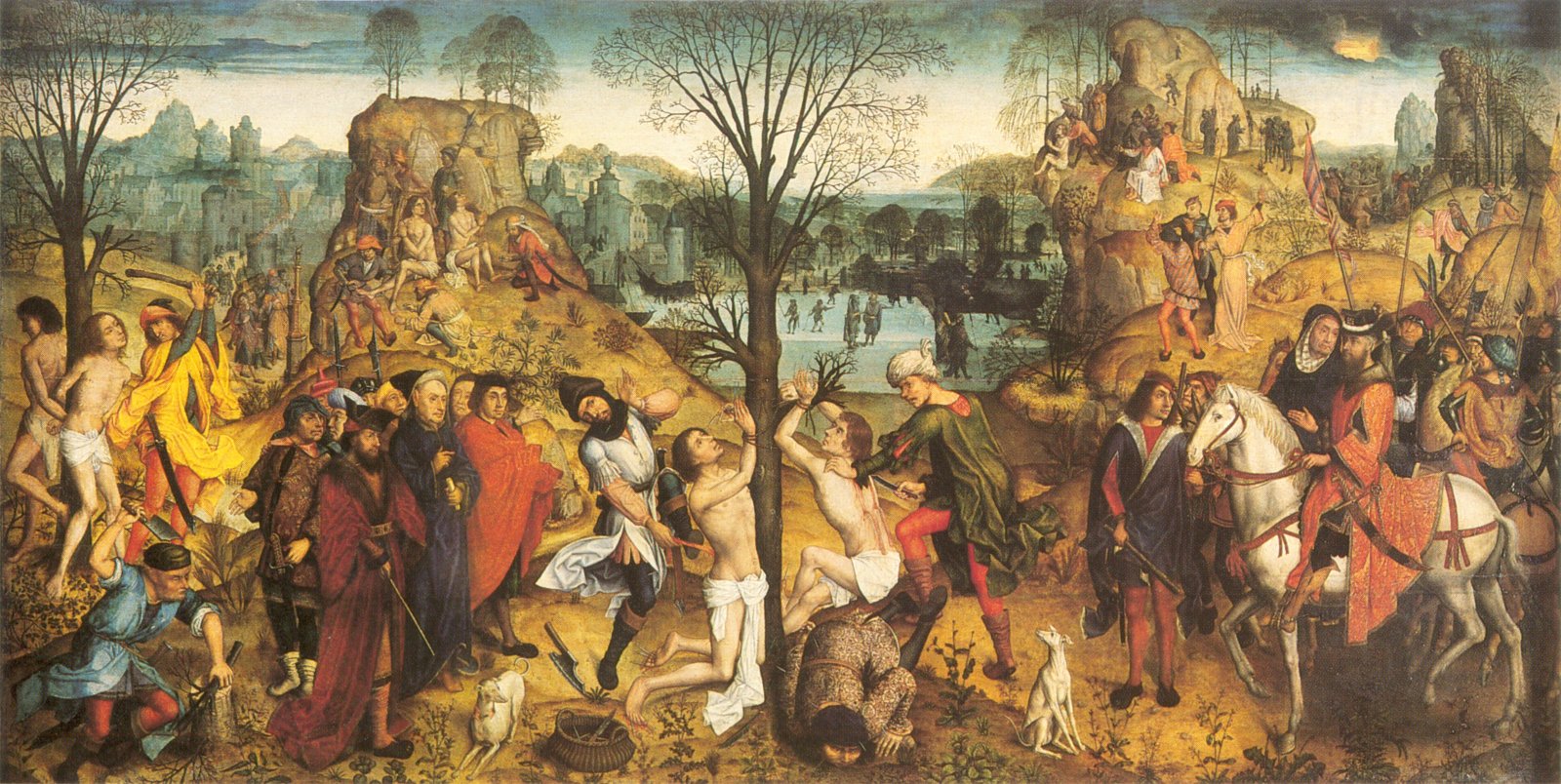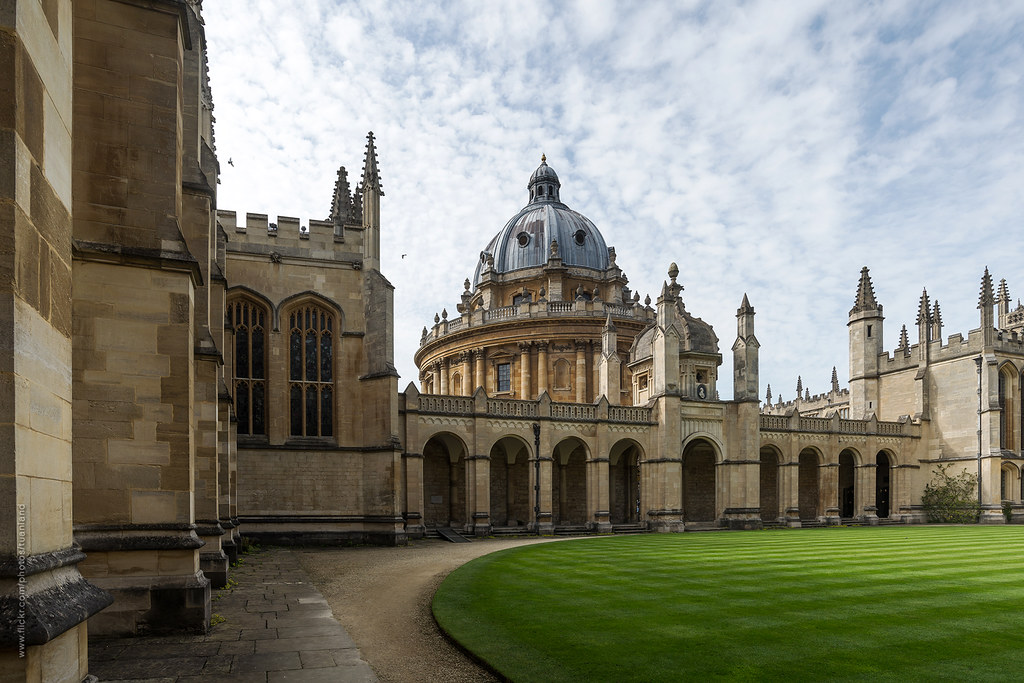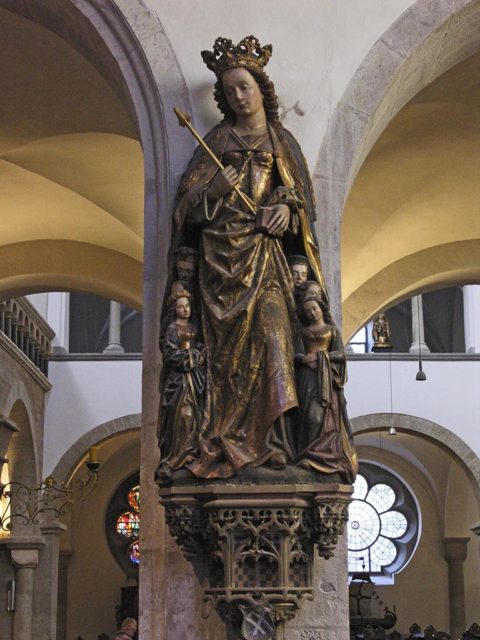
Cakes for All Souls’ Day
A soul cake, also known as a “soul-mass cake,” is a small round cake which was traditionally made for All Souls’ Day to commemorate the dead in the Christian tradition. The cakes, which can also be known as “souls” for short, were given out to “soulers” who were mainly children and the poor, going from door to door singing and saying prayers for the souls of the dead. The practice in England dates to the Middle Ages and was continued there until the 1930s.
The practice of giving and eating soul cakes continues in some countries today, such as Portugal (where it is known as Pão-por-Deus and occurs on both All Saints’ Day and All Souls’ Day). Many see souling for cakes as the origin of the practice of trick-or-treating.
In many areas of the eastern Mediterranean or Central and Eastern Europe, the family of the deceased is expected to feed those who pray for the departed. Throughout Eastern Europe, food is left near the candles to be lit by those who pray for the departed; the poor can come into church, lit a candle for the dead and say a prayer, and take whatever food they need. (In one church of Minsk, I saw a dining room table covered with bags of food in the side chapel for these prayers!) The “memorial meal” or reception after a funeral in honor of the deceased is a modern version of this exchange of food for prayers for the deceased.
Any leftover soul cakes are shared among the distributing family or given to the poor the next day.
INGREDIENTS
1 cup (two sticks) butter
3 3⁄4 cups sifted flour
1 cup sugar
1⁄4 teaspoon nutmeg
1 teaspoon cinnamon
1 teaspoon ginger
1 teaspoon allspice
2 eggs
2 teaspoons cider vinegar
4 -6 tablespoons milk
powdered sugar, to sprinkle on top
DIRECTIONS
Preheat oven to 350°F.
Cut the butter into the flour with a pastry blender or a large fork.
Blend in the sugar, nutmeg, ginger, cinnamon and allspice; beat eggs, vinegar, and milk together.
Mix with the flour mixture until a stiff dough is formed.
Knead thoroughly and roll out 1/4-inch thick.
Cut into 3-inch rounds and place on greased baking sheets. Prick several times with a fork and bake for 20-25 minutes.
Before Serving:
Sprinkle lightly with powdered sugar while still warm.
Want to print out the recipe? See the original post, with options for printing,here.



